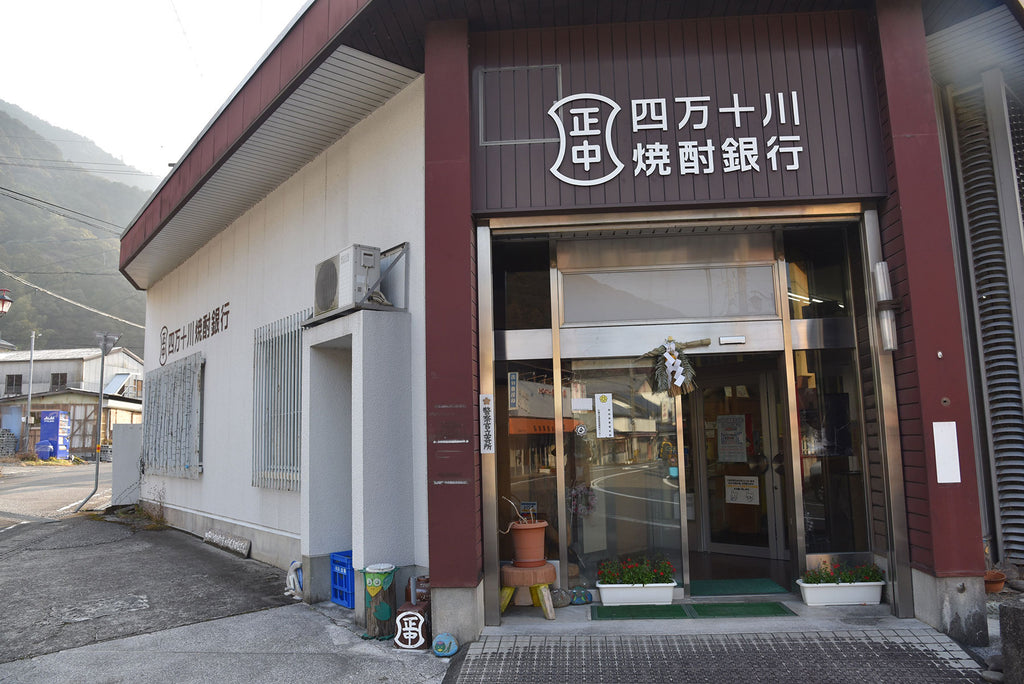
My first brewery visit in Kochi this past month was at Mutemuka Shuzo. The next morning I went to Kameizumi Shuzo.
I first learned about Mutemuka in 2018 through Floating World. I fell in love with the their Mutemuka Muroka Nama Genshu. It was lactic, mushroomy, and full of personality. It was a great sake to pair with rich meats and cheeses.
The name Mutemuka literally translates to "no hands, no additives." This brew used organic rice and used low intervention techniques like releasing the brew undiluted and un-charcoal filtered.
It was in recent years, however, that the toji changed and the brewery focus has shifted a bit. I met the new toji, Kazuaki Kida who kindly showed me around the brewery on a Friday morning.

The brewery is located about 10 minutes by foot from Taisho Station in Shimanto City.

We rode a cute, local bus for 30 minutes along the river from Kubokawa Station.

As we approached the brewery, I was met with a woman standing in front of the brewery. She kindly introduces herself as Yamamoto-san, the kami-san (wife in the owner's family). Her son Kansuke Yamamoto foresees Mutemuka, as the owner.

Across the way, you can see the brewery owns several of the small buildings. They also have a small store attached to the office with a display of sake and shochu.

After acquainting myself with the surroundings, I meet Kida-san. He has been at the brewery for 12 years and has been toji for the past four.

He explains to me that 90% of what they make now is Dabada, a chestnut shochu.

Over the years, although the sake had fans, it was not gaining much domestic attention and it floundered. His hope is to take the sakes in a new direction (more ginjo, less earthy), so it will gain more popularity.

The production of chestnut shochu came about because in 1984, farmers in the region were distraught by all the chestnuts falling onto their fields. They asked the brewery if they could use the chestnuts for something. That's how they came up with the idea to use a local resource. Back in the day, they used only local chestnuts, but with the popularity of Dabada, Mutemuka uses chestnuts from all around Japan. They even released a limited shochu using Italian chestnuts.
Kida-san shows me Dabada Rose Liqueur, using purple potatoes.

Mutemuka uses this filtration system to filter the tap water.

He showed me their vertical press. I had never seen one before and it seems like it requires a lot of work.

Moromi is filled up in a large cloth bag between these large metal sheets.


Kida-san demonstrates by spreading out the bag on a plate.

These are the tops of the presses.


Here is the still for the production of Dabada.


Thank you Kida-san for showing us around!

The brewery workers told us about the Shimanto River Shochu Bank, that was on the way back to the station from Mutemuka.

This is where you can open an "account" and age shochu in the bank. What a fun idea! Next time I'm there, I'll open an account.

There is currently no sake or shochu being imported into the U.S. from Mutemuka. I expressed to Kida-san that I'd love to see Dabada in the U.S.!




Comments (0)
There are no comments for this article. Be the first one to leave a message!